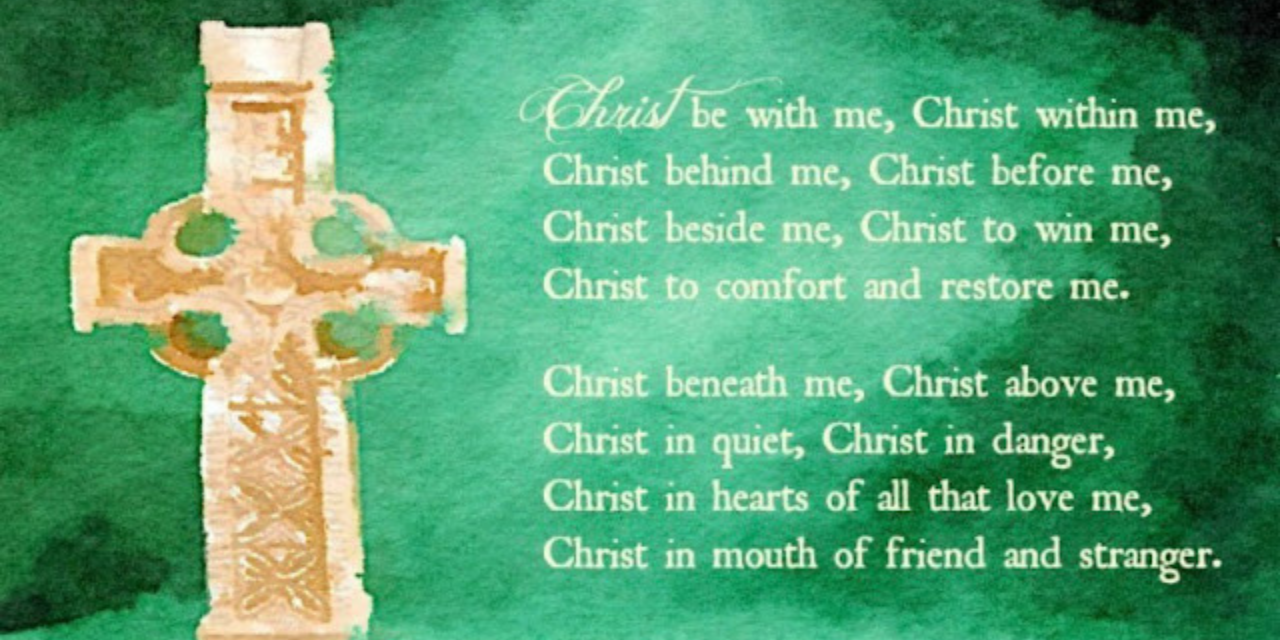We know his first name, but not his last.
We think we know when he died, but it’s unclear when he was born.
Over the centuries, some legend has taken root about him as firm fact, but there’s nevertheless enough known for sure about his life to celebrate and devote an entire day on the calendar to remembering his missionary courage, along with his contagious love for Jesus Christ.
Known today as “St. Patrick,” this British-born giant of history referred to himself only as “Patricius” in his writings. Born around 385 A.D., we see him in our minds as a tall man in green with a flowing white beard, usually wearing a colorful bishop’s miter on his head and holding an ornate staff in his hand.
But Patrick wasn’t some fictional character reduced to a painting or figure etched in stained glass. Maybe he looked like that. Maybe he didn’t. We know he was a real man. We know he made a difference in people’s lives. He’ll be toasted in bars today by people drinking too much, and many of us are honoring and acknowledging him by wearing green. Over 30 million Americans claim Irish heritage. From coast to coast, shamrocks sit as centerpieces on family dinner tables filled with corned beef and cabbage, along with loaves of soda bread.
Yet, although he lived over 1,600 years ago, his life and legacy shouldn’t be reduced to mere traditions involving food and fashion. We can all benefit from studying Patrick’s life and remembering how the Lord used him to spread the Gospel – and how those lessons forged during his journey can help our journey today. In fact, we should pause and remember these three things:
1.Good things can come from tragedy: When he was just sixteen, Patrick was kidnapped by Irish raiders and sold into slavery. He worked for six years herding sheep in horrible conditions. He was often cold, isolated and alone.
How did he handle his fate? Accord to Patrick himself, he prayed up to one hundred times during the day and another hundred times at night. He reported that an angel appeared to him in a dream and told him, “You have fasted well. Very soon you will return to your native country.”
Nobody likes to be in exile. Perhaps you’re struggling during this season of your life and you’re somewhere you don’t want to be. Just remember how Patrick’s prayer life exploded during his captivity and how yours might also as you plead with the Lord to help you.
2. It’s never too late to pursue your calling: After his enslavement, Patrick walked over 200 miles back to Britain. He was now years behind his peers, not to mention dealing with the emotional toll of his imprisonment. Nevertheless, the young man was determined to become a priest and entered seminary. It took him 15 years to complete his studies, and he wasn’t ordained until he was 46.
Against the wishes of his family, he returned to Ireland and began evangelizing the people there. “Patrick was really a first—the first missionary to barbarians beyond the reach of Roman law,” wrote Thomas Cahill in his famous book, How the Irish Saved Civilization.
3. Righteous anger is healthy and consistent with the Christian faith: Long settled in Ireland, Patrick wrote a scathing letter to a British tyrant named Coroticus and lambasted him and others for murdering and kidnapping Christian converts. Along with his autobiography, it’s one of just two remaining pieces of literature from Patrick.
In his letter, the famous missionary warned him of the coming wrath of God if Coroticus refused to repent.
“I bear witness before God and his angels that it will be as he made it known to one of my inexperience,” Patrick wrote. “These are not my own words which I have put before you in Latin; they are the words of God, and of the apostles and prophets, who have never lied. ‘Anyone who believes will be saved; anyone who does not believe will be condemned’—God has spoken.”
Are we more concerned with being liked than warning people of eternal damnation? There is nothing unbiblical about anger rightly and lovingly communicated. In fact, it can be the most loving thing to do.
Happy Saint Patrick’s Day.






